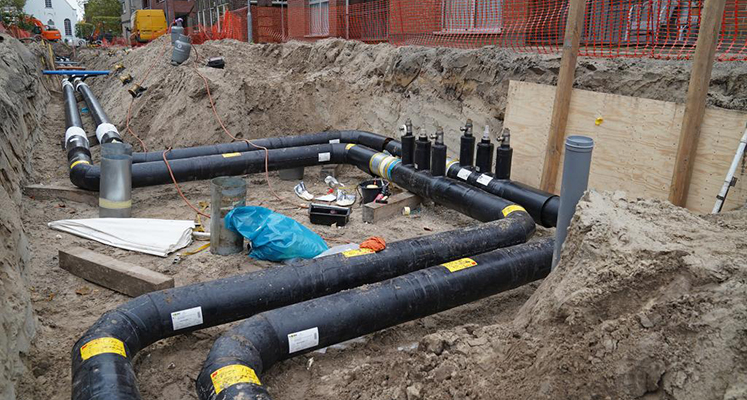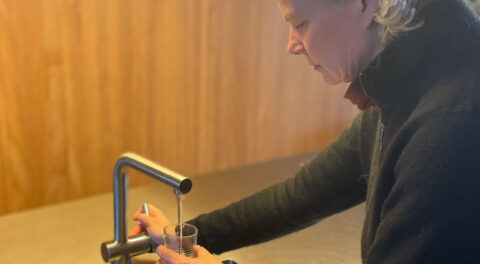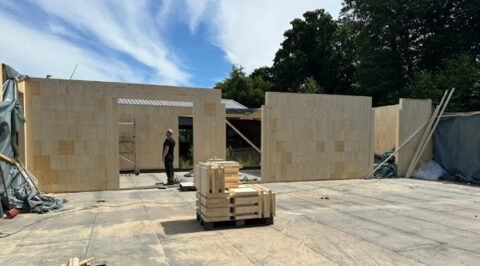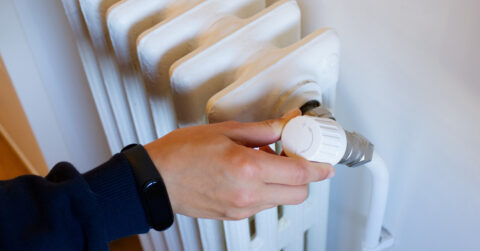In densely populated urban areas, heat grids are almost thirty percent cheaper than individual heat pumps, all social costs included. Moreover, here a heat grid puts significantly less strain on the power grid.
Only, the financial benefit does not currently reach households. Households must therefore be better supported when connecting, and it must become more attractive for heat companies to invest. This emerges from research by Berenschot in The Hague, commissioned by Nederlandse Vereniging Duurzame Energie (NVDE), grid manager Stedin, Bouwend Nederland and Energie Beheer Nederland (EBN). The results can be translated to other densely populated cities with older buildings.
More subsidy needed
The municipality of The Hague concluded in late 2023 that collective heat networks were not financially feasible, although older city centers such as The Hague - with 110,000 homes, 15,000 utility buildings and availability of sustainable heat sources - seemed ideally suited. Berenschot also included the social costs in the new study. And based on key figures, Berenschot in The Hague comes to an important final conclusion: heat networks are a lot cheaper.
First of all, renewable heat is more expensive than fossil heat for the time being. At the same time, we know that we have to get rid of gas. To make the use of district heat more attractive to households in the short term, more subsidies should be provided to accommodate citizens when connecting to a heat network. In addition, the Heat Grid Investment Subsidy (WIS) should be more in line with practice. The WIS subsidy is intended to make it more attractive for heat companies to invest in infrastructure. Partly through this subsidy, the government wants to realize 500,000 new heat network connections before 2030.
Weakness in the system
NVDE chairman Olof van der Gaag: "We have a contraction in the system. This study clearly shows that heat networks are the best option for large parts of The Hague: they are cheaper, easier to implement and you avoid additional grid congestion. But nobody wants to be on a heat grid if they are more expensive. So let's make sure that end consumers, unlike now, share in that benefit. Help citizens with the cost of connection. And consider using the WIS funds for infrastructure from the Spring Memorandum to quickly get stalled projects moving."
Overcrowded power grids for much longer
From a social perspective, the costs of heat networks turn out to be thirty percent cheaper than individual heat pumps. This was researched by Berenschot in The Hague: if an entire neighborhood with existing buildings is heated with one heat pump per household, the reinforcement of the electricity grid costs twice as much as if a collective heat grid were installed in the same neighborhood. Moreover, the grid operator cannot realize such a large and unforeseen expansion of the electricity grid in the short term, which means that cities like The Hague will continue to experience the problems of a congested power grid for more than a decade and people will remain dependent on natural gas. The results of the Hague study translate well to similar densely populated cities with older buildings.












